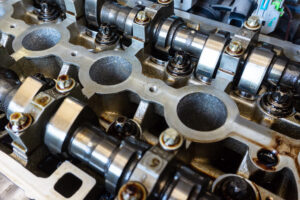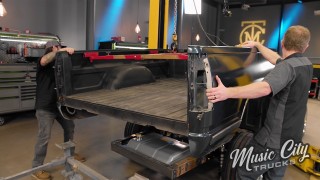Differences Between Intake Manifolds
There are more intake manifolds on the market today than you can shake a stick at. There are options for single, double, and even triple carburetors as well as fuel injection options such as stack injection, multi-point or even throttle body. There are different types of manifolds also, including dual-plane, single-plane and even tunnel rams.
Mike and Pat are taking a look at manifolds specifically for their newly-dynoed 408″ Stroker as they saw significant gains between a single-plane and dual-plane version. There are several reasons for changes in air flow characteristic, rpm ranges, fuel delivery, and of course power.
A dual-plane separates the manifold into two different plenum sections. Each one along with its own set of runners to connect every other cylinder in the firing order. This allows a dual-plane to see induction pulses every 180º of crankshaft rotation. That allows them to do a better job balancing the air and fuel mixture from cylinder to cylinder throughout the rpm range. Although they are great at fuel distribution, they are quite restrictive in a high-performance application due to the small cross-sectional area in the plenum. They are designed for good drivability and low-to-mid rpm ranges. However, that doesn’t mean they won’t make power. Several in the Engine Power shop have made over 500 HP.
A single-plane intake manifold has a single open plenum that sees all 8 cylinders. A larger cross-sectional area and a deeper plenum allow the manifold to flow a lot more air than the dual-plane. They are designed for more mid-to-high rpm applications.
If hood clearance isn’t an issue, a tunnel ram is a great choice for performance in a wide rpm range. It’s still a single-plane design but its advantage is a straight runner with a clear eye shot from the carburetor all the way down to the intake valve. Depending on the runner length and plenum volume they can be designed to make power virtually anywhere in the rpm range.









